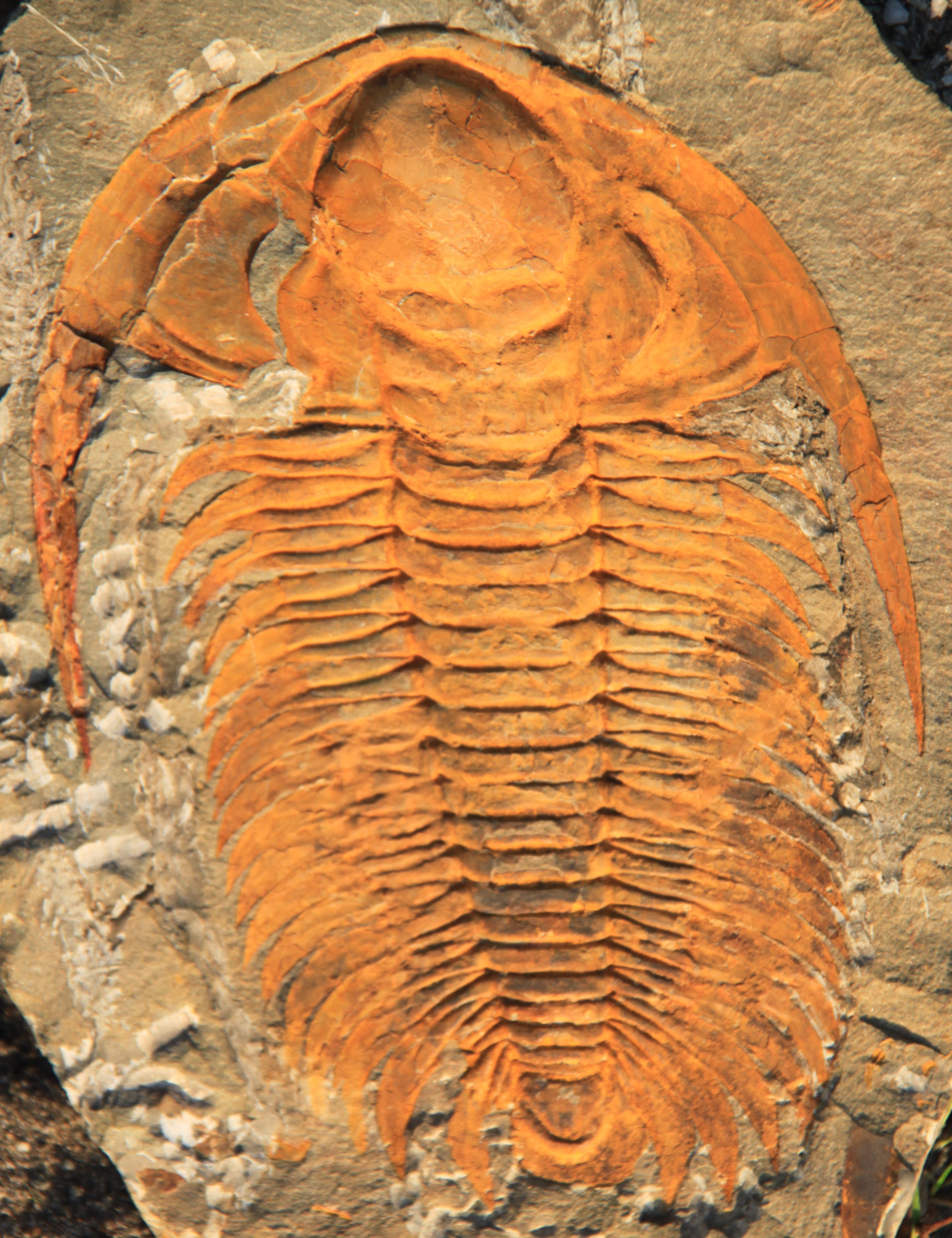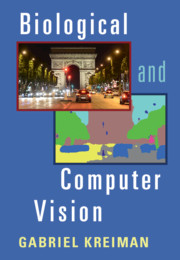
Figures in powerpoint format for teaching
Center for Brains, Minds and Machines Learning Hub (multiple related resources, video lectures, and other educational material)

Gabriel Kreiman
Cambridge University Press. 2021. ISBN 9781108649995
Additional Materials
Chapter I: Introduction to the world of vision
About 500 million years ago, evolution discovered the possibility of using light to capture information about the environment. This light switch led to the exquisite diversity of animal species on Earth and also to the development of nervous systems capable of rapidly processing sensory information. Through a combination of behavioral experiments, the scrutiny of lesions, and neurophysiological recordings, we are beginning to elucidate the complex cascade of computations that transforms incoming photons into our intricate perceptions of the world. In turn, progress towards understanding the inner secrets of the neural circuitry in the visual system has inspired the development of Artificial Intelligence systems that can process and interpret visual information. Computer vision systems inspired by neural hardware find applications in a wide range of daily tasks, from the possibility of building self-driving cars to diagnosing clinical images to discovering new galaxies. Understanding how brains work constitutes the most extraordinary scientific adventure of all times and will revolutionize every aspect of our lives.

Figures in powerpoint format for teaching
Center for Brains, Minds and Machines Learning Hub (multiple related resources, video lectures, and other educational material)